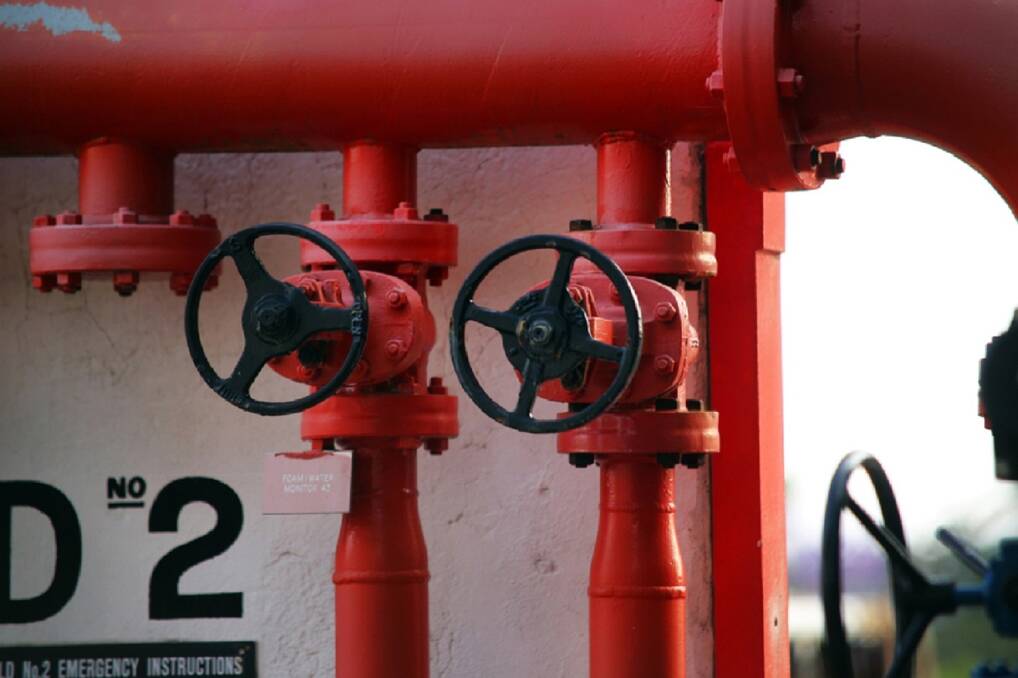
A gas-fired recovery from the economic damage caused by COVID-19 will not help the Hunter. In fact, a gas-fired recovery will struggle to employ anyone, except the gas executives who proposed the idea.
Subscribe now for unlimited access.
or signup to continue reading
The bottom line is, creating jobs in the gas industry is expensive. The gas extraction business employs fewer workers per dollar invested than almost any other industry in Australia. For a government that wants to create jobs, supporting virtually any other industry would be better.
But the federal government has continually called for a gas-fired recovery. The argument for more gas has morphed into the idea that, because some manufacturing businesses use gas, subsidising the gas industry through a "gas fired recovery" will provide manufacturing jobs.
Let's be clear, there is no shortage of gas for Australian manufacturing. Gas production has tripled in the past decade - it just goes overseas. In fact, a small group of global oil and gas corporations export over 10 times (4000 petajoules a year) more gas than all the gas used by Australian manufacturers (373 petajoules a year).
These big liquefied natural gas (LNG) exporters use more gas just to prepare the gas for export than Australia's entire manufacturing industry.
For a government that wants to create jobs, supporting virtually any other industry would be better.
If they were serious about creating jobs, the government would be looking at investing in industries that employ a lot of people. But in a new report, The Australia Institute found that the LNG industry employs only four workers for every petajoule of gas used, compared with about 760 workers per petajoule used in chemical and mineral processing manufacturing.
Interestingly, in its public statements on the gas-led recovery, the government doesn't even argue that increasing the gas production from its five new "strategic gas basins" will reduce gas prices. It's more about the vibe. That's probably because it's a tough argument to make given gas prices have tripled over the past six years as gas production tripled. That's right, despite gas supply tripling, gas prices did not go down, they went up, by a lot.
Gas prices are never coming down. The LNG industry has already shipped Australia's affordable gas off overseas, leaving only very remote and expensive gas, likely to cost more than $10 per gigajoule once it's delivered to manufacturers from these new fields. Opening these new gas fields won't benefit Australian manufacturers; it will just allow the LNG exporters to export even more.
If a gas-led recovery was actually about helping manufacturing, rather than handouts to the LNG industry, the federal government could simply divert a tiny fraction of our existing gas from the LNG companies to manufacturers.
It is inconceivable that, if there was a real shortage, the federal government would allow gas to go overseas while Australian manufacturers went without. The idea of subsidising projects such as the Narrabri Gas Project and the Hunter Gas Pipeline to increase supply is a distraction from the real task of creating jobs through truly job intensive industries.
But the bigger question is whether more gas would increase manufacturing jobs, including in the Hunter. NSW had abundant cheap gas for decades from the mid-1980s to about 2014, and yet in that entire period, manufacturing jobs in NSW declined. When gas production tripled after 2014, manufacturing jobs continued to decline.
Part of the reason for this is that the industries employing the most manufacturing workers use little if any gas. Three quarters of gas used in Australian manufacturing is used by a handful of gas intensive companies who employ just 17 per cent of the manufacturing workforce.
Fortunately for the few big gas-dependent industries in Australia, there are plenty of lower-cost alternatives to gas. Renewable energy with storage is already cheaper than gas for electricity.
Electricity can be used instead of gas to create heat for many industrial processes. The capital cost is a barrier, but the COVID recovery spending is a great opportunity to help industries switch away from gas, which would lock in permanent ongoing energy cost and emissions savings for those companies.
At the end of the day, "natural gas" is just good marketing for what should be called fossil gas. If the federal government wants to address both the COVID-19 and climate crises, it should back solutions that do both.
But the best way to help the handful of gas intensive manufacturers is to get them off gas and not give taxpayer money to the gas industry.
Richie Merzian is the director of The Australia Institute's Climate and Energy Program
Mark Ogge is principal adviser of The Australia Institute
While you're with us, did you know the Newcastle Herald offers breaking news alerts, daily email newsletters and more? Keep up to date with all the local news - sign up here
IN THE NEWS:
- Cleanaway fined over breaches at Rutherford, Wetherill Park, Windsor
- Cleanup from Monday's intense storm continues for third day in Newcastle
- NAB branches across Australia close after security threat
- Electricity, coal, gas and 'true' Labor on show as Albanese throws shield of calm over Fitzgibbon bombshell

